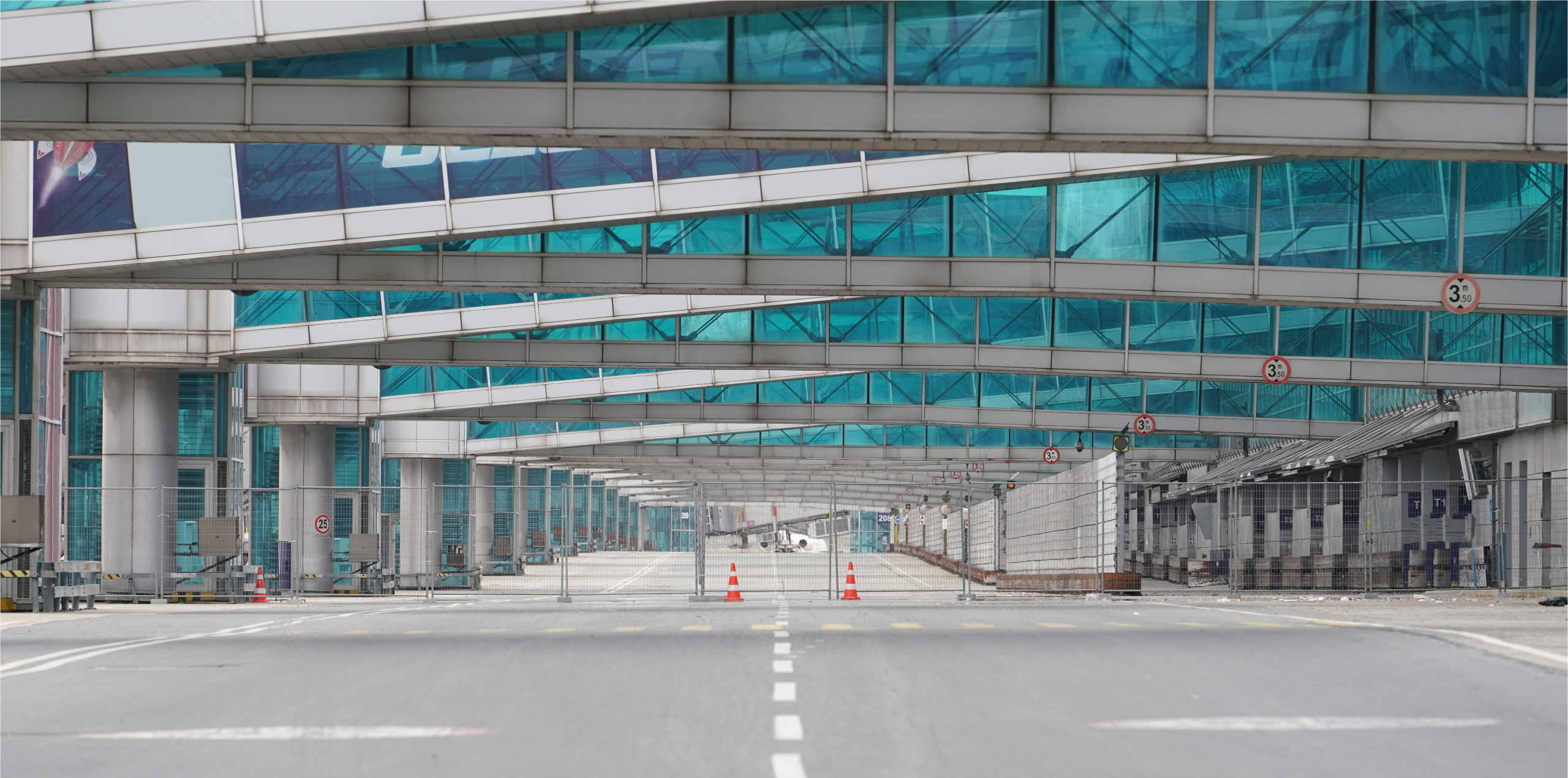
Adequate public infrastructure is essential for a better quality of life, including making travel more accessible by road, rail, air, or water, as it all influences how we live and work. Steel is essential but often overlooked in all industries. Material selection is critical to the durability and life cycle of buildings and infrastructure facilities. A quality infrastructure that is strong, efficient, and long-lasting is required for a quality life. Steel has always played an important role in aviation related construction projects and is the best choice in almost every airport construction for several segments of applications.
Steel plays a prominent role in airport construction and provides the aviation industry with the essential infrastructural framework. Steel is the best material for airport construction. Steel is useful for infrastructure applications in nearly every airport construction project around the world with numerous intricate parts. Steel is becoming more common in newly constructed indoor, and outdoor areas and at other miscellaneous areas of airports all over the country and the world. This trend indicates that airport construction viewpoints and avoidances suggest that steel products are better suited for aviation related construction than others. The use of steel offers high resistance to corrosion, coating, or coating stainless steel with low glare and a long life cycle for the whole structure is efficiently possible.
Steel offers flexibility in making structural changes and movements that are needed later. Steel can accommodate a wide range of equipment. It gives the structure the required flexibility to accommodate additional modules. The steel properties meet the airport structure requirements for light, flexible, strong and economical; that meet the safety and stability criteria. Other architectural metals, on the other hand, have a finite lifespan. Steel strength and swing. Steel is considered environmentally friendly due to its low inertia.
When designing parts for aviation applications, numerous factors must be considered, such as the shape, weight, and durability of the item. All of these elements can have an impact on the aircraft’s flight worthiness. For example, if a plane is overly heavy, it will require more effort to lift off and maintain altitude, which will increase fuel consumption. If a plane’s superstructure is too weak, it could disintegrate in mid-flight, putting the lives of the passengers at risk. Stainless steel alloys are heavier than aluminium, but they have higher tensile strength, shear modulus, and melting point, hence steel is preferably chosen over aluminium.
There are some cases where aviation-grade stainless steel may outperform aluminium. Here are a few examples:
So culminating the message of steel preference in the aviation industry, it wouldn’t be wrong to quote that steel is widely utilised to its optimum potential in various manners. Kalika Steel, the best tmt bars company with precise steel production will deliver the promise of the infrastructure of any scale.







© 2024 KALIKA STEEL ALLOYS PVT. LTD. All Rights Reserved. | Design & Development: Optimist Brand Design LLP.
Kalika Steel is the most preferred TMT bar
manufacturer in Maharashtra.

Kalika Steel is the most preferred TMT bar manufacturer in Maharashtra.